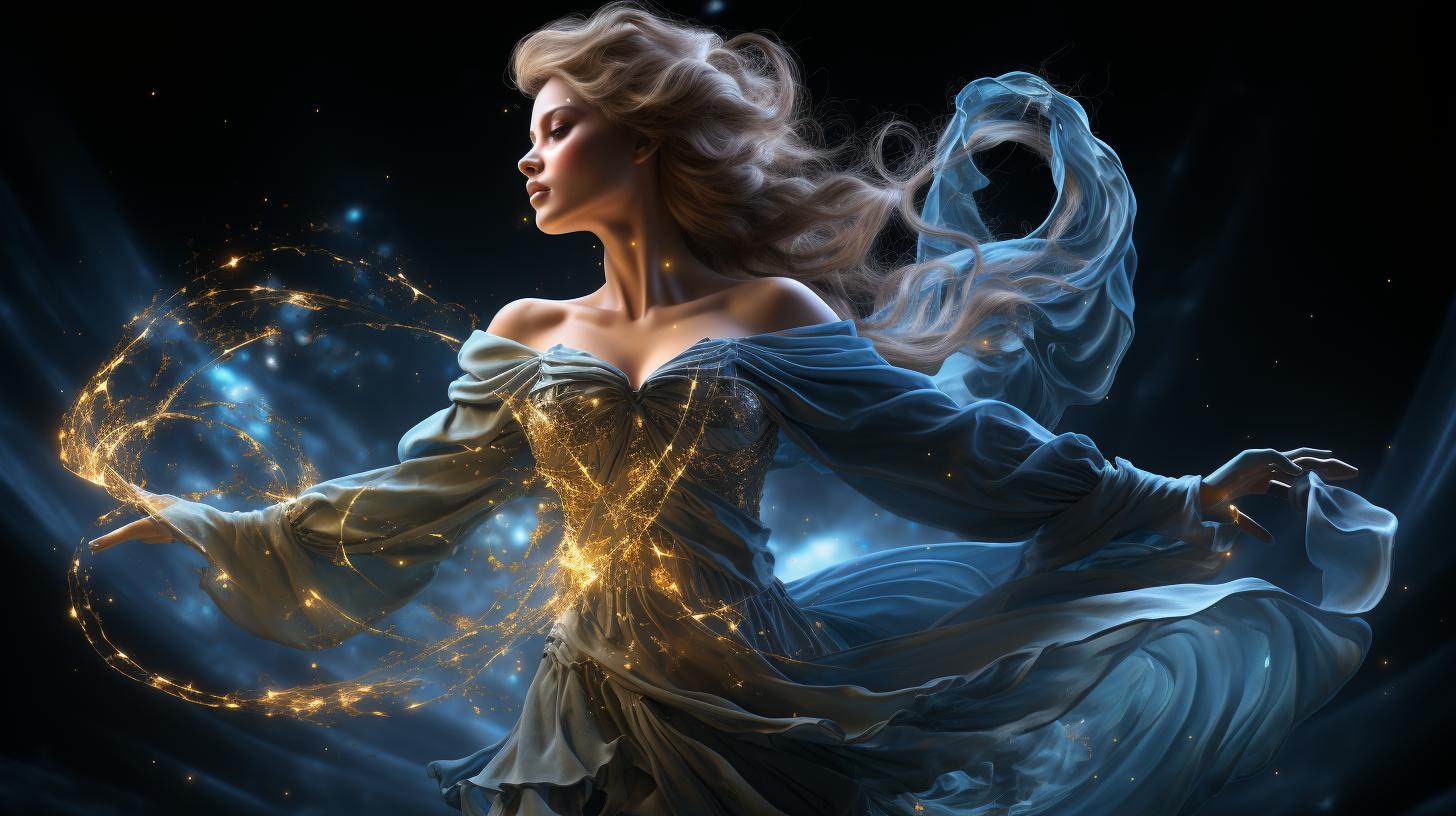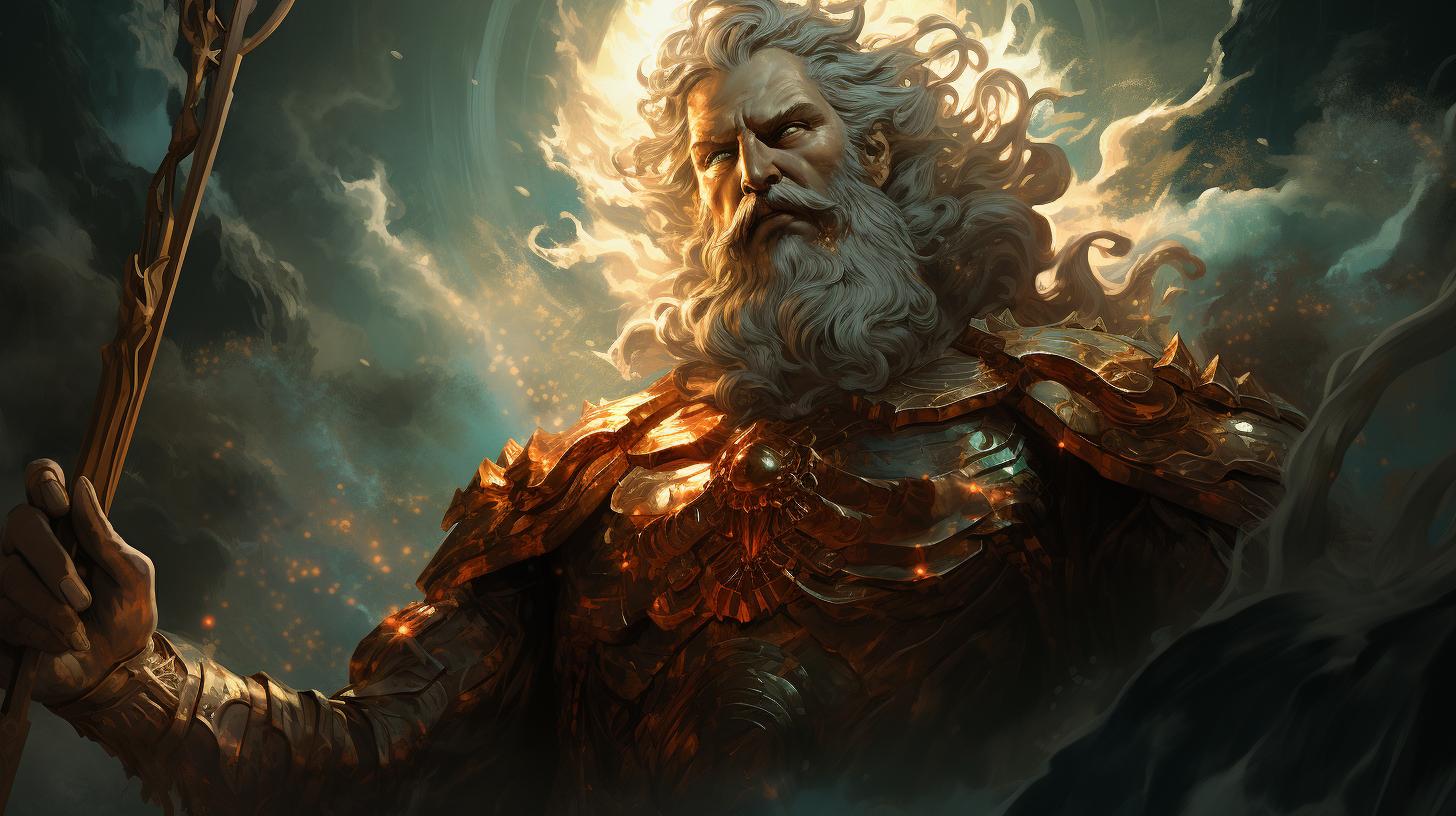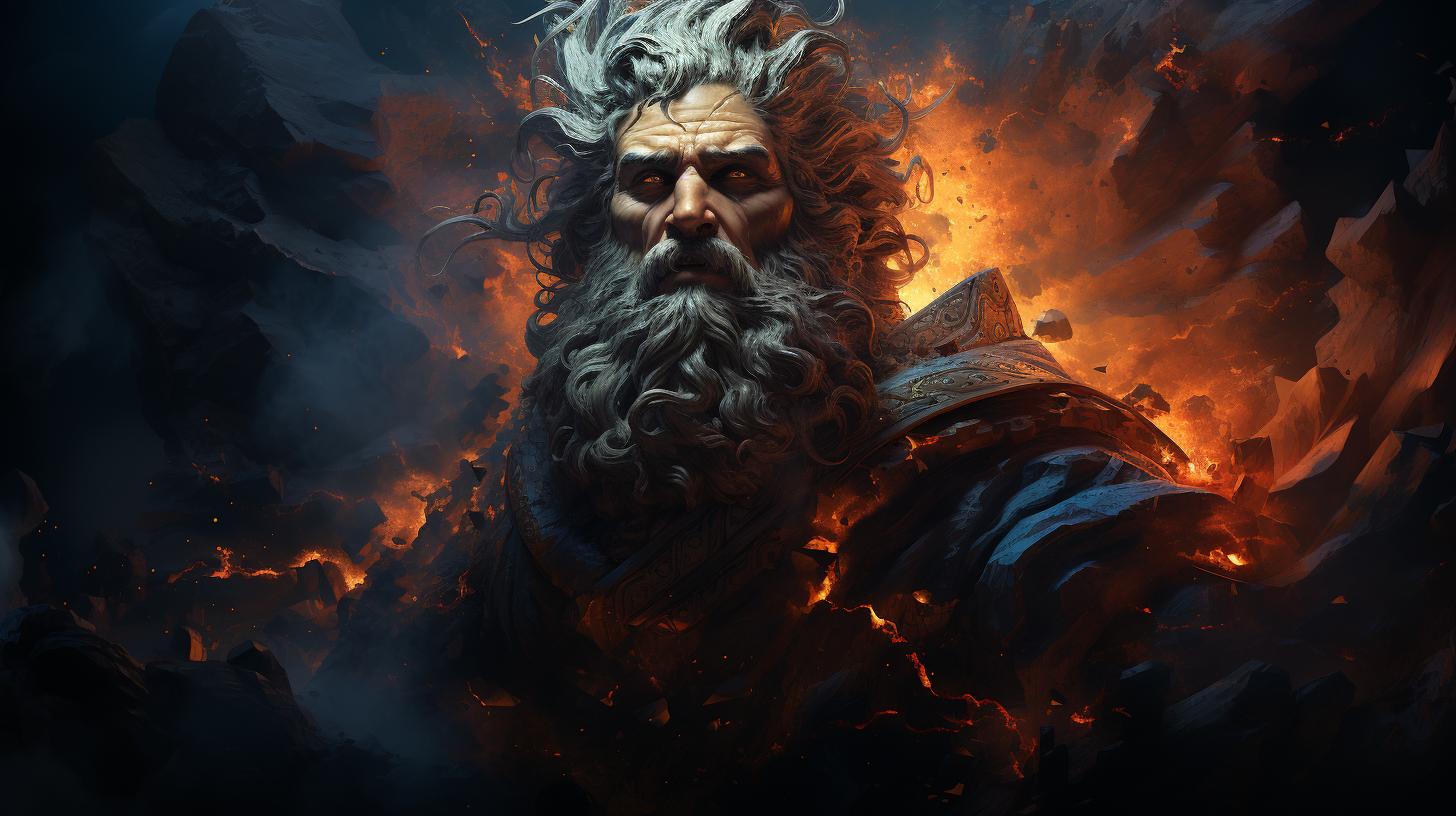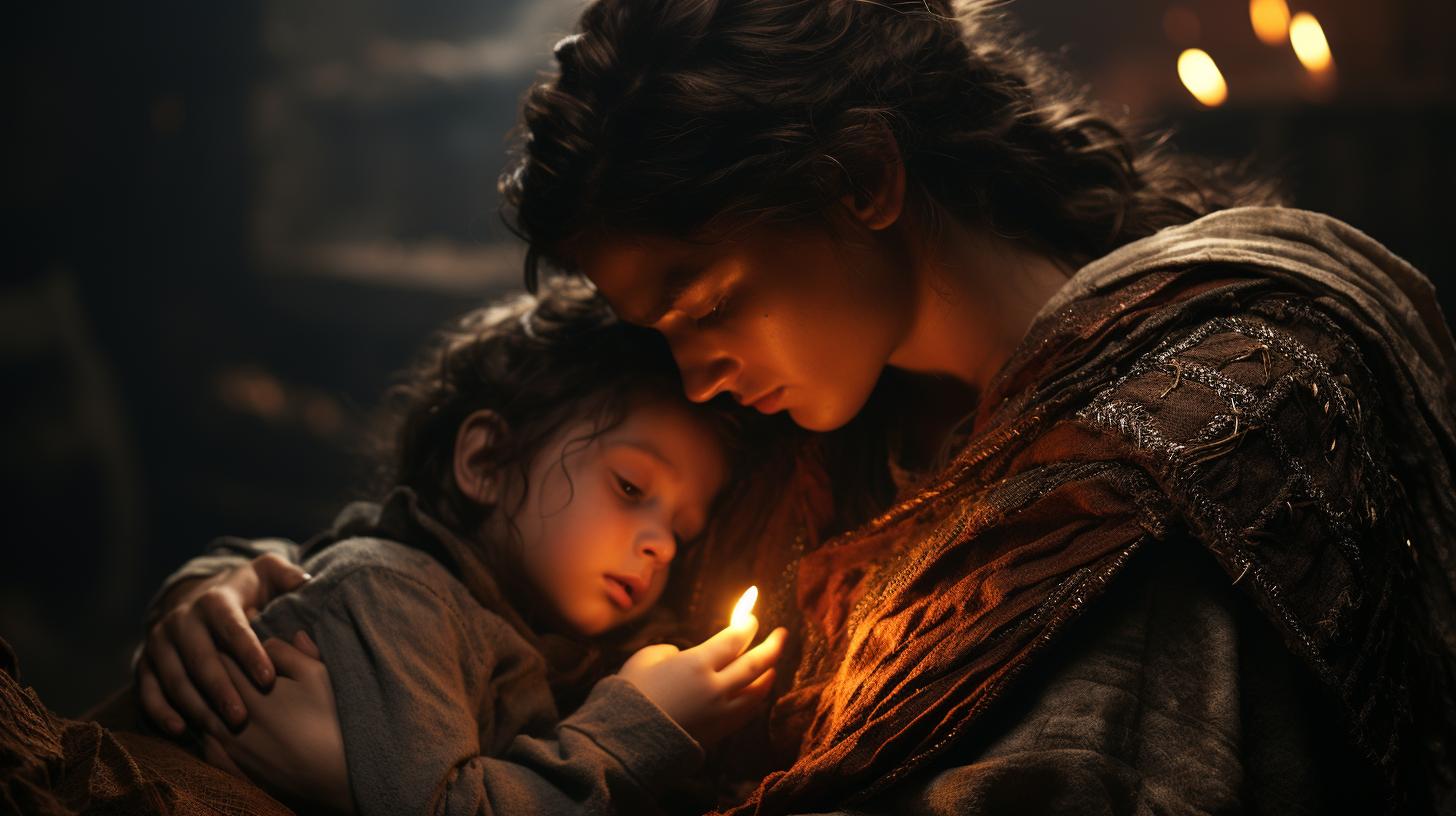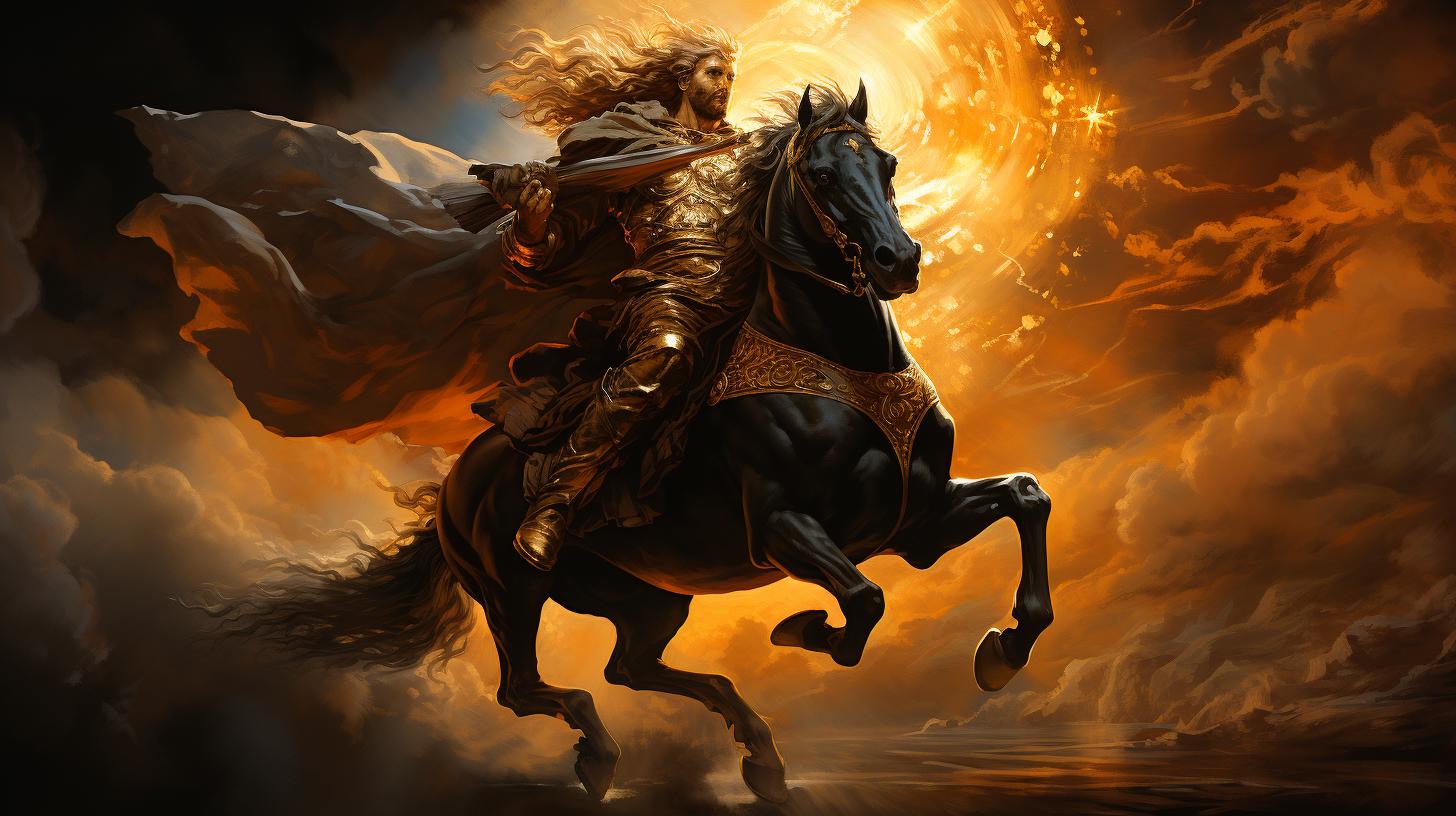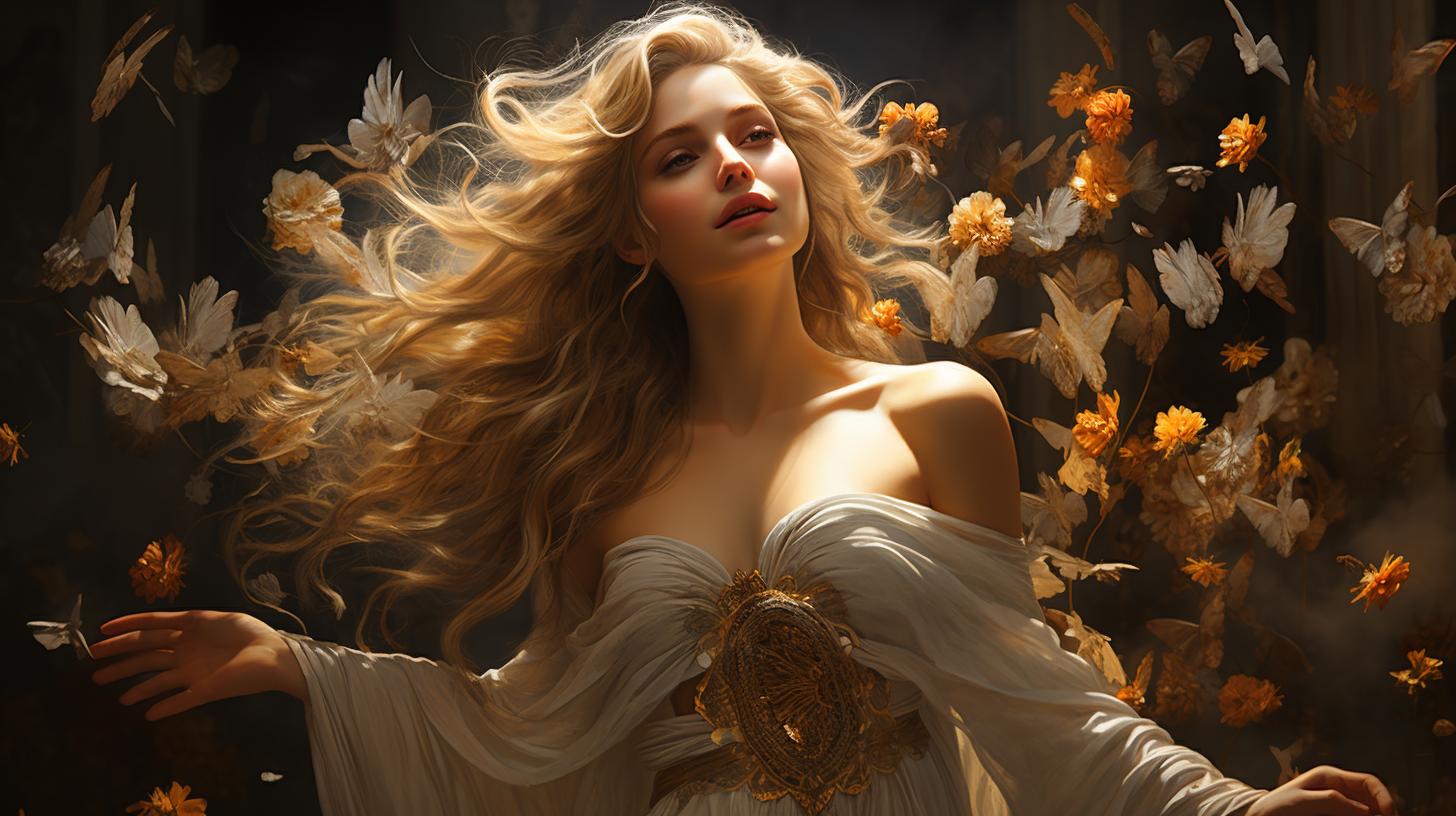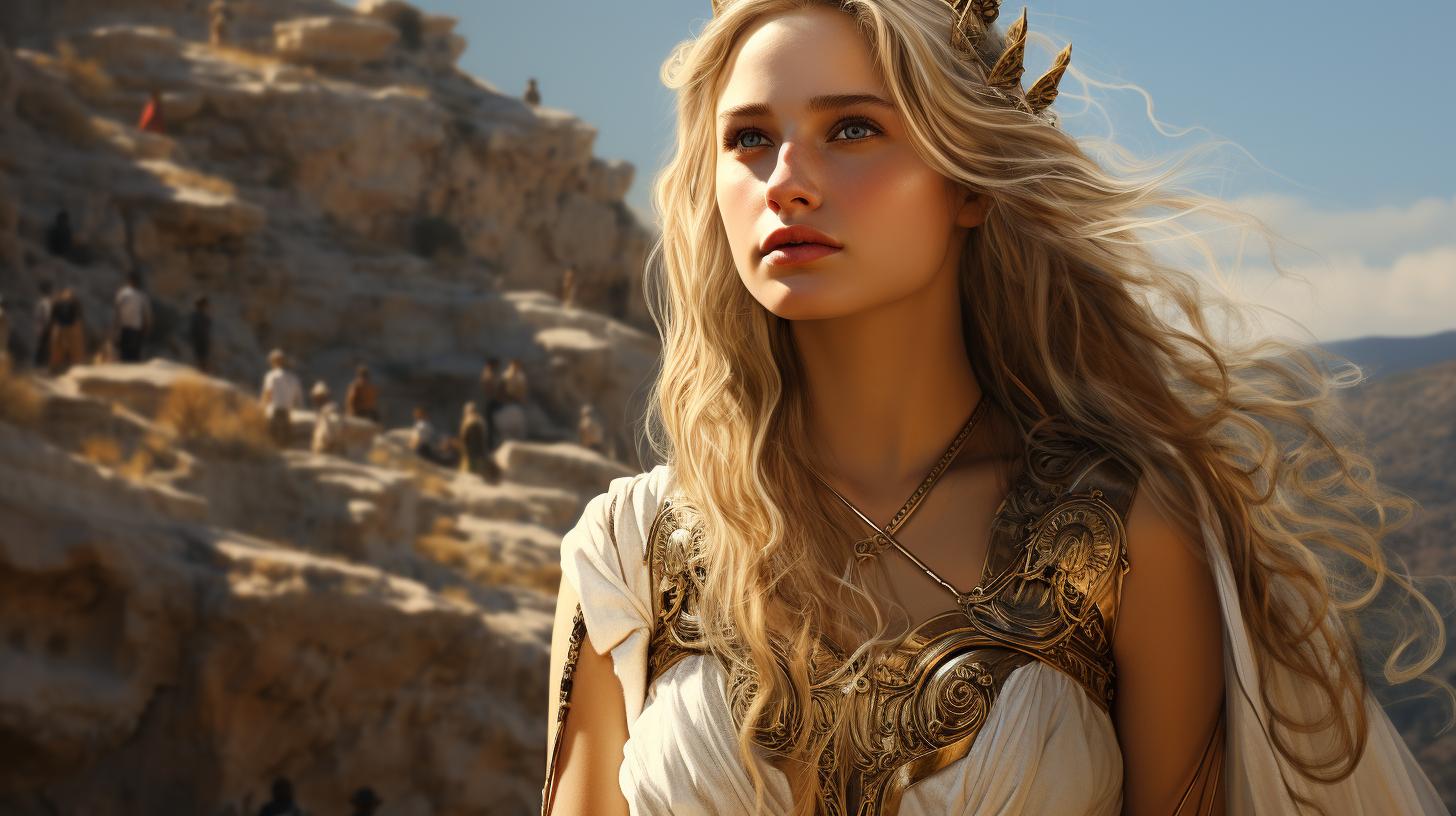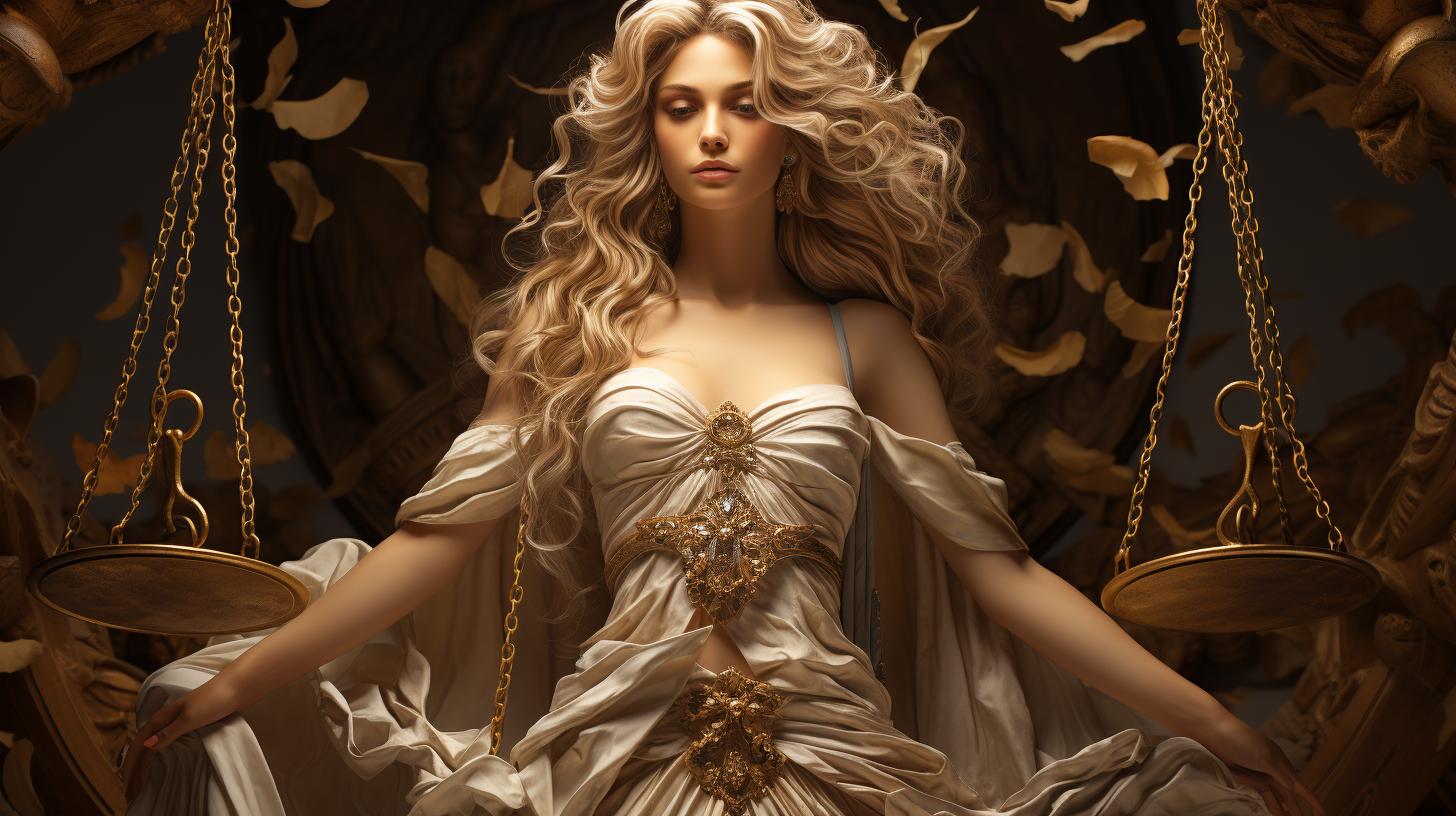What is Maia the goddess of: Exploring the Mythology and Significance of Maia in American Culture
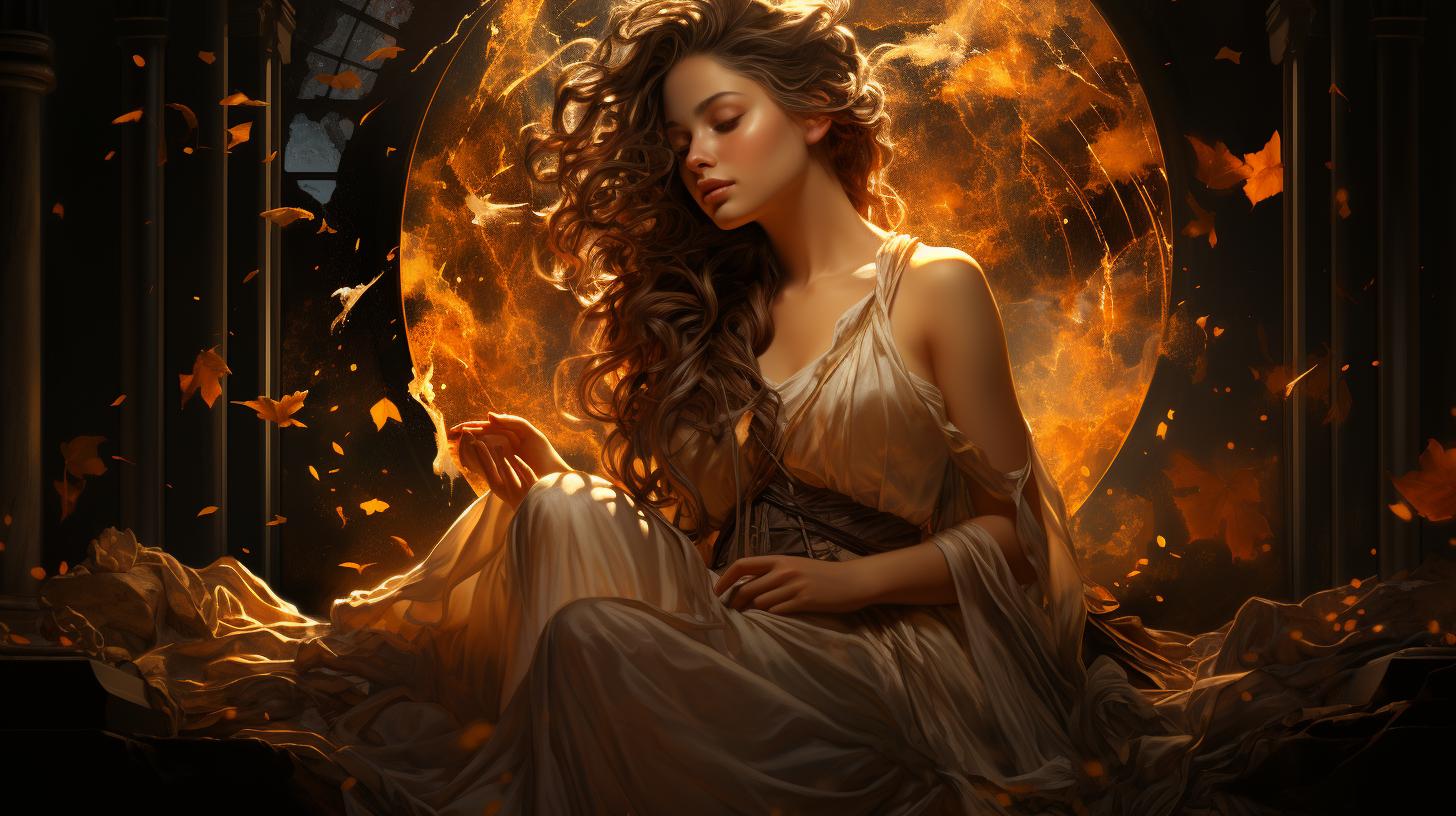
Maia is a Greek goddess associated with various aspects of mythology and culture. As one of the Pleiades, she resides in the constellation of the same name. Maia is known as the mother of Hermes, the messenger of the gods, and is often depicted as a shy deity.
She symbolizes growth and is linked to the month of May, which is a time of rebirth and celebration in ancient Greek traditions. Through her stories and symbolism, Maia holds significance in American society, representing feminine power and nurturing energy.
Let’s explore the mythology and cultural references surrounding this timeless goddess.
The Mythology of Maia: Exploring the Origins and Role of the Goddess
Welcome to the captivating world of Maia, a Greek goddess whose mythology unravels tales of wonder and significance. In this section, we will delve into the origins and role of this divine figure, shedding light on her intriguing story and symbolism.
The Greek Goddess Maia: An Introduction
Maia, a prominent figure in Greek mythology, holds a significant place among the pantheon of gods and goddesses. Her story begins as the daughter of Atlas and Pleione, and she resides in a deep and shadowy cave atop Mount Cyllene in Arcadia.
Often depicted as a shy and reclusive deity, Maia captivates with her enigmatic presence. Her connection to the natural world, particularly the earth, is a prominent aspect of her character, leading some texts to identify her as Gaia, the goddess of the Earth.
Maia and Hermes: The Mother-Son Connection
A notable aspect of Maia’s mythology is her role as the mother of Hermes, the messenger of the gods. Conceived secretly with Zeus, Hermes is regarded as Maia’s most famous offspring.
Together, they embody the intricate bond between a mother and son, reflecting the power of nurturing and guidance.
Maia’s association with Hermes underscores her importance in facilitating communication and interactions between the divine realm and mortal world.
As the mother of the divine messenger, she symbolizes the conduit through which messages and knowledge flow.
The Pleiades: Maia among the Seven Sisters
Maia’s connection to the Pleiades, a group of seven nymphs residing in the constellation of the same name, further enhances her mythical presence. Among these celestial sisters, Maia shines as one of the eldest, adding to her revered status.
The Pleiades, often associated with beauty and femininity, highlight Maia’s connection to these attributes. As part of this celestial sisterhood, she encompasses qualities that resonate with the natural cycles of growth, renewal, and the changing seasons.
Discovering the depths of Maia’s mythology provides an enriching glimpse into the intricate tapestry of Greek deities, their stories, and the enduring symbolism they hold. Join us as we embark on an exploration of Maia’s fascinating origins and the profound role she plays in ancient Greek lore.
Maia in Greek Mythology: Stories and Symbolism
Maia, a prominent figure in Greek mythology, is revered for her intriguing stories and symbolic representation. Her tales shed light on her divine connections, her role as a mother and caretaker, and her symbolic association with the Earth and growth.
Maia and Zeus: The Divine Secret
One of the captivating stories surrounding Maia involves her clandestine affair with Zeus, the king of gods. Their secret union resulted in the birth of the mischievous deity Hermes, the messenger of gods.
This divine secret adds an intriguing element to Maia’s character and showcases her connection to the powerful realm of Olympus.
Maia’s Role as a Mother and Caretaker
Maia’s most well-known role is that of a mother. As the nurturing figure of Hermes, she played a crucial part in shaping his destiny and supporting his development as the divine messenger.
Maia’s role as a caretaker highlights her compassionate nature and the love she bestowed upon her son.
Maia as a Symbol of Earth and Growth
In Greek mythology, Maia is often associated with the Earth and its growth. As a goddess who resided in a deep, shadowy cave on Mount Cyllene, she signifies the Earth’s hidden and mysterious aspects.
Furthermore, her connection to growth symbolizes the renewal and flourishing of nature, particularly during the month of May, which bears her name.
Maia’s symbolism as an earthly deity underscores the significance of our connection to nature and emphasizes the cyclical nature of life, where growth and rebirth follow periods of darkness and introspection.
Maia’s Association with May: The Month of Rebirth
May holds a special significance in ancient Greek mythology due to its association with Maia, the goddess of growth and rebirth. This section explores the various aspects of Maia’s connection to the month of May, shedding light on the Roman influence, rituals and celebrations in ancient Greece, and the significance of Demeter and Persephone in May celebrations.
The Roman Influence: Maia and the Month of May
In Roman mythology, Maia played a prominent role in the conceptualization of the month of May. This month was named after her, emphasizing her association with growth and abundance. As a result, May became a time of celebration and rejoicing as people honored Maia and her nurturing qualities.
Rituals and Celebrations in Honor of Maia in Ancient Greece
In ancient Greece, May was marked by vibrant rituals and celebrations dedicated to Maia. People paid homage to her by bringing flowers and offerings to her sanctuaries and temples. Festivals were held, showcasing the beauty of nature and the bountiful harvests to come.
These festivities were an expression of gratitude to Maia for her role in the growth and fertility of the land.
- May Day Festivities: On the first day of May, known as May Day, people gathered in open fields for picnics and social gatherings. They adorned themselves with flower crowns and danced around maypoles, symbolizing the awakening of nature and new beginnings.
- Floral Offerings: Flowers held great significance during Maia’s celebrations.
They were seen as representations of beauty, new life, and the divine. People would collect vibrant blossoms and create floral arrangements to offer to Maia, expressing their appreciation for her nurturing energy.
- Fire Jumping: Another customary practice during May celebrations was fire jumping.
This act was believed to cleanse the body and soul, purifying them for the coming season of growth and abundance.
The Significance of Demeter and Persephone in May Celebrations
Maia’s association with May also intertwines with the myth of Demeter and Persephone.
In Greek mythology, Demeter, the goddess of agriculture and fertility, mourned the loss of her daughter Persephone, who was abducted by Hades and forced to spend a portion of the year in the underworld.
In May, as Persephone returned to the surface, Demeter’s sadness transformed into joy, and the land blossomed once again.
During May celebrations, people paid tribute to the reunion of Demeter and Persephone, symbolizing the renewal and revival of nature. This reunion represented hope and the promise of a fruitful harvest, as Demeter’s joy and blessing brought fertility and abundance to the Earth.
Overall, Maia’s association with the month of May in Greek mythology encompasses themes of growth, rebirth, and the interconnectedness between nature and deities. The rituals and celebrations held during this time honored Maia’s maternal and nurturing qualities, while also celebrating the return of life and the upcoming harvest season.
Maia in Cultural References and Traditions
Maia, the Greek goddess, has left a significant mark in various cultural references and traditions throughout history. Let’s explore how Maia’s influence can be seen in ancient Greek literary works, her impact on Roman deities and festivals, as well as modern traditions and references associated with Maia and the month of May.
Maia and Hermes in Ancient Greek Literary Works
In ancient Greek literature, Maia is often depicted in the works of renowned writers. She plays a prominent role as the mother of Hermes, the swift messenger of the gods.
Maia’s portrayal in these literary works emphasizes her nurturing nature and her connection to both gods and mortals. Her presence adds depth and significance to the stories in which she appears, showcasing her importance in Greek mythology.
Maia’s Influence on Roman Deities and Festivals
The influence of Maia extends beyond Greek mythology into Roman culture. In Roman mythology, Maia is associated with Vulcan, the god of fire and craftsmanship. This connection highlights her role as a symbol of growth and creativity.
Additionally, Maia’s association with the month of May carried over to Roman traditions, as the month was named in her honor. This connection further solidifies her importance in Roman religious and cultural practices.
Modern Traditions and References to Maia and May
Even in modern times, Maia’s influence can still be observed through various traditions and references to her and the month of May. Celebrations like May Day, with its festivities and customs, pay homage to Maia and the rebirth and rejuvenation she symbolizes.
In some cultures, May is believed to be a magical time, associated with spells and enchantments. May Day traditions such as making flower crowns, dancing around maypoles, and performing rituals for good luck all draw inspiration from Maia’s connection to growth and fertility.
Folklore and superstitions surrounding the month of May also provide insight into the enduring cultural significance of Maia. In Greece, it is believed that wearing the head of a viper as an amulet can ward off curses, while the avoidance of weddings during May stems from the superstition of bad luck associated with the month.
These customs and beliefs reflect the enduring influence of Maia and her ties to the month of May in different cultures.
Maia’s lasting presence in cultural references and traditions exemplifies her relevance and impact across different periods of time. From ancient Greek literary works to modern celebrations and beliefs, Maia’s connection to growth, nurturing, and the month of May continues to inspire and resonate with individuals throughout history.
Maia: A Timeless Goddess in American Society
Maia, the Greek goddess associated with growth and rebirth, holds a significant place in American society. Her influence permeates various aspects of contemporary art and literature. From poetry to visual arts, Maia’s captivating presence has inspired countless artists across the nation.
Her timeless allure and mythical origins provide a rich source of inspiration, allowing artists to explore themes of transformation, fertility, and the power of nature.
Maia’s Influence on Contemporary Art and Literature
In contemporary art, Maia often serves as a symbol of feminine strength and resilience. Artists incorporate her image in paintings, sculptures, and mixed media installations to evoke a sense of beauty, grace, and empowerment.
Her association with growth and renewal resonates deeply with artists, who often explore these themes through their creative expressions. In literature, Maia becomes a recurring character, an emblem of maternal love, and a catalyst for personal growth and self-discovery.
Maia’s Relevance in Pop Culture and Entertainment
Maia’s influence extends beyond the realms of art and literature to popular culture and entertainment. References to her can be found in films, television shows, and even in the world of music.
She represents a connection to ancient mythology, bridging the gap between the past and the present. In movies and TV series, Maia’s character often portrays wisdom, protection, and the mysterious allure of the divine feminine.
Musicians draw inspiration from her story to create captivating lyrics and melodies that resonate with audiences.
Maia as a Symbol of Feminine Power and Nurturing Energy
One of the key aspects of Maia’s influence in American society is her embodiment of feminine power and nurturing energy. She represents the strength and resilience of women, reminding us of the vital role they play in society.
Maia’s association with growth and motherhood emphasizes the nurturing qualities that women possess. Her presence serves as a reminder to honor and celebrate femininity in all its forms, empowering women to embrace their own strength and nurturing abilities.
- Maia serves as an emblem of feminine strength and resilience in contemporary art and literature.
- In pop culture and entertainment, Maia’s influence can be seen through references in films, TV shows, and music.
- Maia embodies feminine power and nurturing energy, reminding society of the important role women play.
As American society continues to evolve, Maia’s timeless influence and symbolism remain relevant, offering inspiration and guidance in embracing growth, feminine power, and nurturing energy.
Exploring the Legacy of Maia: Lessons and Reflections
Maia’s Role in Greek Mythology and its Relevance Today
Maia, as a prominent figure in Greek mythology, holds a significant role that extends beyond ancient tales. Her portrayal as a mother, caretaker, and the personification of growth resonates with timeless human experiences.
In contemporary society, Maia’s character serves as a reminder of the importance of nurturing and providing a safe haven for the growth and development of those around us. Her story teaches us the value of unconditional love, protection, and the power of family bonds.
Exploring the Symbolism and Lessons from Maia’s Story
Beyond her role as a mother figure, Maia’s story offers profound symbolism and valuable life lessons. Her association with growth and rebirth exemplifies the cycles of life and the continuous opportunities for personal development and transformation.
Maia’s connection to the earth reminds us to remain grounded, nurturing our connection to nature and finding strength in the beauty and abundance it offers. Her tale encourages us to embrace change, adaptability, and the resilience to flourish even in the face of adversity.
- The importance of nurturing and fostering growth
- Embracing the cycles of life and transformation
- Staying connected to nature and finding strength in its wisdom
- Remaining resilient and adaptable in the face of challenges
Honoring Maia: Cultivating Growth and Connection in Our Lives
By recognizing the significance of Maia’s legacy, we can incorporate her teachings into our daily lives.
Honoring Maia involves cultivating personal growth and fostering meaningful connections with others. It reminds us to embrace the role of nurturers and caregivers, embracing the responsibility to support the development and well-being of those around us.
Just as Maia’s nurturing energy brings forth new life, we too can contribute to positive change and create environments that foster growth, love, and compassion.
- Cultivating personal growth and self-transformation
- Nurturing and supporting the well-being of others
- Fostering meaningful connections and relationships
- Creating environments of growth, love, and compassion
.

